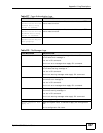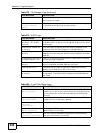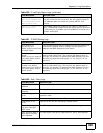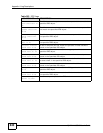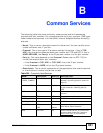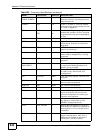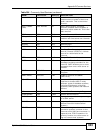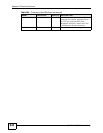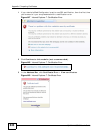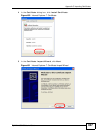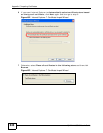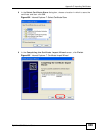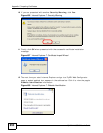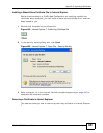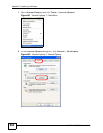
ZyWALL USG 50 User’s Guide
845
APPENDIX C
Importing Certificates
This appendix shows you how to import public key certificates into your web
browser.
Public key certificates are used by web browsers to ensure that a secure web site
is legitimate. When a certificate authority such as VeriSign, Comodo, or Network
Solutions, to name a few, receives a certificate request from a website operator,
they confirm that the web domain and contact information in the request match
those on public record with a domain name registrar. If they match, then the
certificate is issued to the website operator, who then places it on the site to be
issued to all visiting web browsers to let them know that the site is legitimate.
Many ZyXEL products, such as the ZyWALL, issue their own public key certificates.
These can be used by web browsers on a LAN or WAN to verify that they are in
fact connecting to the legitimate device and not one masquerading as it. However,
because the certificates were not issued by one of the several organizations
officially recognized by the most common web browsers, you will need to import
the ZyXEL-created certificate into your web browser and flag that certificate as a
trusted authority.
Note: You can see if you are browsing on a secure website if the URL in your web
browser’s address bar begins with https:// or there is a sealed padlock
icon ( ) somewhere in the main browser window (not all browsers show the
padlock in the same location.)
In this appendix, you can import a public key certificate for:
• Internet Explorer on page 845
•Firefox on page 854
•Opera on page 859
• Konqueror on page 866
Internet Explorer
The following example uses Microsoft Internet Explorer 7 on Windows XP
Professional; however, they can also apply to Internet Explorer on Windows Vista.



